Wood defects, whether they are growth or arising after the tree has been felled, do not always make it impossible to use it. Sometimes the defect is so spectacular that the wood is sought after and appreciated by craftsmen and wood enthusiasts. This is the case with choked wood (shovelling woodwhich fascinates with its marble-like design. The transformation, which occurs naturally under the action of micro-organisms and fungi, brings to life spectacular patterns and shades, offering a special artistic and aesthetic dimension. The wood affected is predominantly hardwoods, especially those with false heartwood - beech, hornbeam, aniseed. Learn more about the process of choked wood formation, its pluses and minuses, and the possibilities of its use in various projects below. Thanks to Daniel Szekely (Apprentice Dani) for his support in documenting the topic.
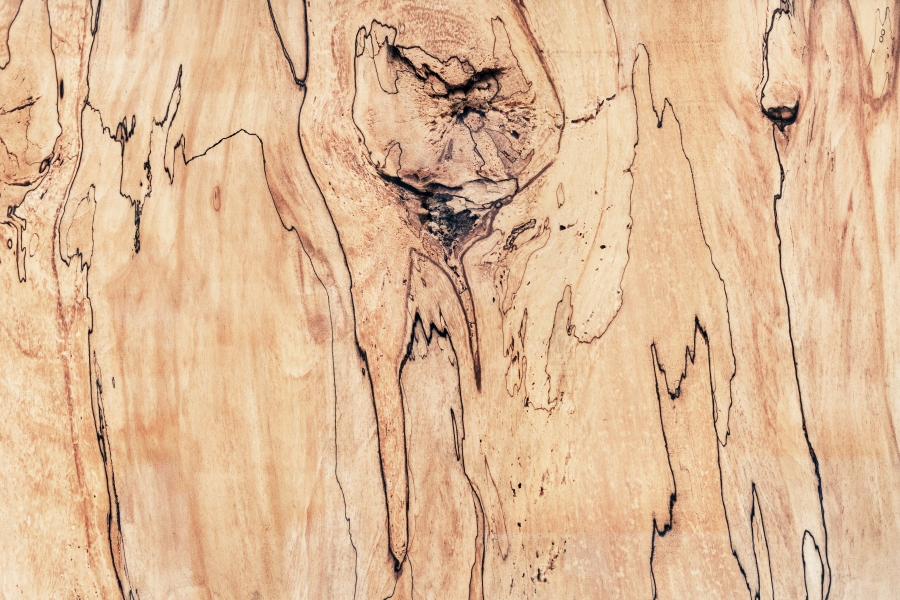
Blowing - a phenomenon that stains wood but alters some of its mechanical properties
Defects that change the colour of wood are known as abnormal colorations and alterations. Cabnormal colours are characterised by a change in the colour of the wood from the normal colour of the species concerned, without noticeable changes in mechanical strength. They occur as a result of attack by micro-organisms, bacteria, fungi or other stress factors and may be zonal or throughout the wood. Such abnormal discolourations are bluish-blue woodi, false heartwood, lunula.
Alterations are caused by xylophagous fungi, i.e. fungi that feed on wood components (cellulose, hemicellulose, lignin) and cause changes in the colour of the wood and significant changes in its properties. The best known are smothering, also called rotting, and decay.
Suffocation is a phenomenon of coloured wood decay characterised by a change in the colour and consistency of the wood. The process begins with a change in colour to a reddish tinge which, in cross-section through the log, appears as isolated spots or a single stain spread over the entire surface. This first phase is also called burning (considered abnormal colouration because the mechanical properties are not yet affected) and occurs mainly in species with false heartwood (beech, hornbeam, hornbeam, anin), surrounding the red heart.
In the final stage of the wood pulping process, whitish stains appear, delimited by black lines that give the wood a marbled appearance, and its physico-chemical properties change. This phenomenon is common in logs that have been felled and left for a long time in the forest under the action of moisture and heat. Naturally choked wood has very low durability and low mechanical strength.
The rot is characterised by marked changes in the colour, structure, chemical composition and physical-mechanical properties of the wood. It occurs as a result of attack by xylophagous fungi that feed on the main chemical components that form the wood cell walls. Detailed information on what causes wood rot can be found at here.
Conditions that lead to naturally choked wood
Suffocation occurs in the warm season and occurs in felled logs that are not properly stored and treated after felling. The first signs appear on the sides in areas where there is no bark or where the wood has been injured. The spread of the defect is mainly longitudinal, but can also occur in a radial direction. Girdling occurs 5-7 days after felling and propagates 25-40 cm/month. Suffocation occurs at 30-40 days and advances at 20-30 cm/month.
Naturally smothered wood occurs if the conditions are right for wood-boring fungi to attack the wood. These are: water, temperature, oxygen and time.
Minimum quantity of water in the wood for the fungi to grow is 20% of the pore volume. This decrease is sufficient for air (oxygen) needed for their development. If the water content decreases further, the mushrooms can no longer grow. This is why the logs must be cut and subjected to drying and protection treatments immediately after felling. If this cannot be done, the log must be preserved in such a way that a large amount of water remains inside (submerged in water, watered thoroughly or with the ends protected to slow down the outflow of water).
Range of temperature in which xylophagous fungi develop is 10-40°C, but between 20 and 32°C their development is very rapid. The fourth important element in the occurrence of smothered wood is time. Too short a time is insufficient to achieve wood marbling, and too long a time can lead to the development of rot which makes the wood unusable.
The fungi that first attack wood are those of the Penicillium, Verticillium, etc. groups, i.e. those that feed on the sugary and albuminoid substances in wood. In the next phase, there are those that attack the cell wall (Ophiostoma fagioma, Hypoxillon coccineum, etc.) leading to partial rotting of the wood and even total destruction.
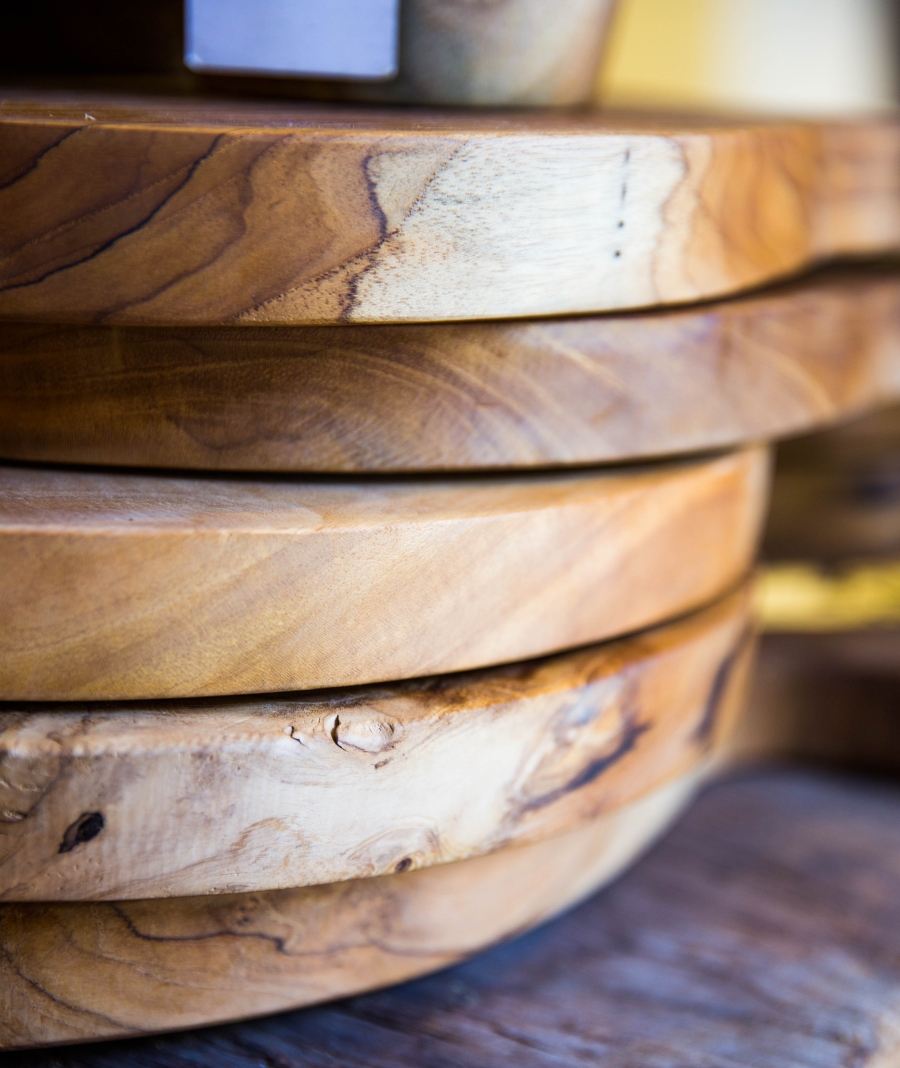
The pluses and minuses of naturally choked wood
The aesthetic side is the big plus of this wood defect. The marbled look, the combination of colours give objects made of choked wood a special look and charm. It is a wood that artists, craftsmen who make small decorative objects, those who make different objects combining it with epoxy resin.
The disadvantage is the decrease in physical-mechanical properties. Such wood loses its strengths and part of it practically rots. Being a natural, uncontrolled phenomenon, we cannot know how much damage has been done and therefore it is not recommended for objects involving strength. Its use in construction and furniture is excluded. It also cannot be used outdoors because its durability is very low.
Marbled wood obtained by controlled "smothering
The pluses and minuses of naturally choked wood have led to the emergence of companies producing choked wood. As a highly valued aesthetic wood, methods have been sought to control the 'colonisation' of the wood with fungi so as to make it more resistant. There is choked wood on the market produced by world-renowned companiesand their products are highly appreciated by designers, architects and art furniture companies.
Studies of wood-attacking fungi have shown that once certain fungi colonise wood, they protect their area by drawing demarcation lines to defend themselves from attack by other fungi. This is how the marbled pattern appears. The process can only be controlled up to a certain point, but it is not possible to obtain a specific pattern that can be replicated. This is why companies producing such wood (solid or veneer) do not work industrially but only for the design area.
During the smothering process, the various fungi produce pigments that colour the wood. The pigments range from delicate shades of white and cream to intense tones of black and brown. The resulting patterns are very diverse, contributing to the unique look of smothered wood.
Different species of wood can be smothered, but not all species react in the same way, and responses to fungal attack can be very different. Some species are more likely to develop interesting patterns and colours, while others may have a more vague reaction or none at all. For example, beech and maple respond very well to the process, with colours ranging from white to black. Lime develops subtle and fine patterns, while pine is more discreet, sometimes adding some unusual shades to its natural appearance.
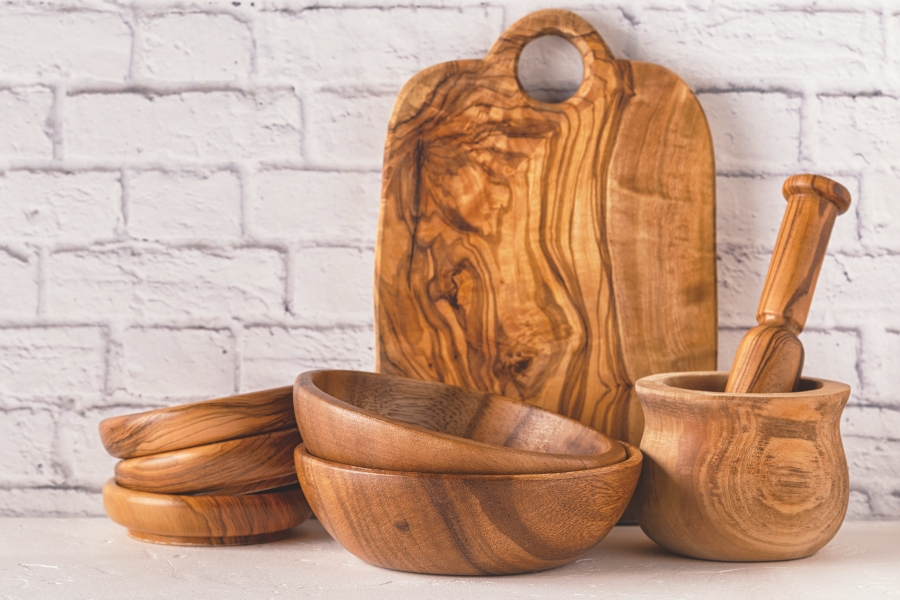
Uses of choked wood
The most common naturally choked wood is that of species with false heartwood - beech, hornbeam, hornbeam. However, birch, fir, linden, poplar and willow choked wood is also found. Carpenters and craftsmen use this wood to make bowls, choppers, spoons, pens and decorative objects. It is often combined with epoxy resin.
Wood obtained by controlled smothering can be in solid or veneer form. It is frequently used in sculpture or special artistic projects, interior decoration, table tops or unique pieces of furniture. Veneers are used to make guitars or stringed instruments, controlled choking does not affect the resonance of the wood.
I hope you find the above information useful. As usual, additions are welcome. And if you have any questions or queries, please leave them in the space below. I'm sure I'll reply.



















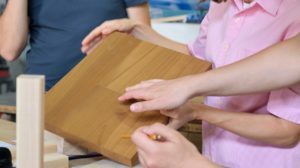






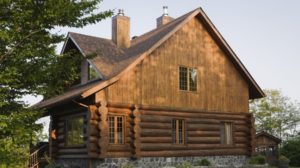
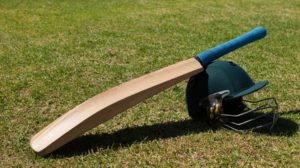

Add comment